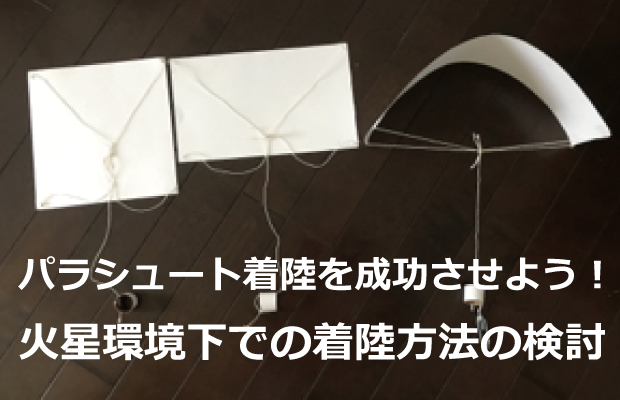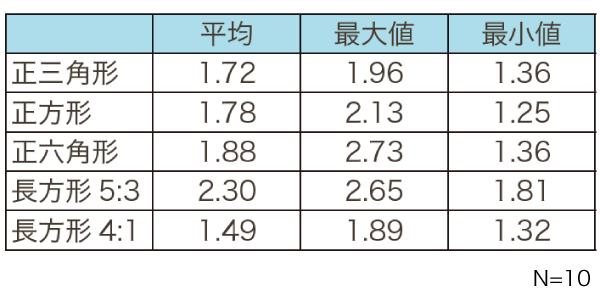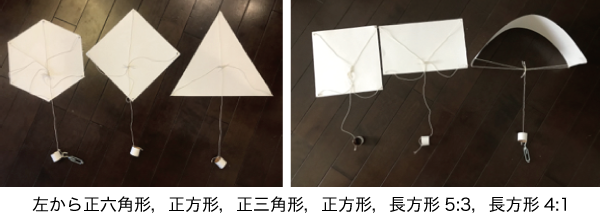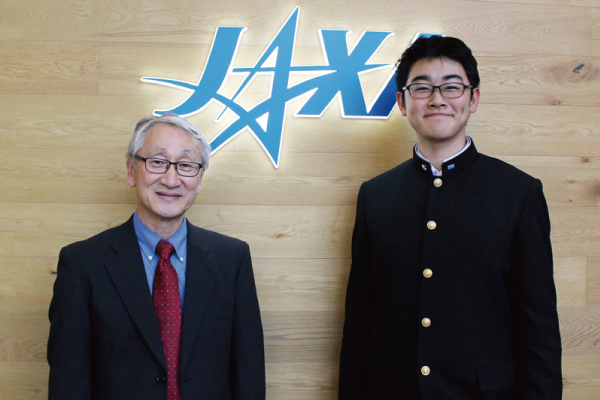- Information for Middle and High School Researchers
- Research Tips
Successful Parachute Landings! Investigation of landing methods in the Martian environment
2019.12.13

In the future, I want to build a Mars rover. I want to explore the possibility of human habitation and the mysteries of extraterrestrial life. Fujino, who has long had an interest in space probes, is now taking on the challenge of developing a Mars probe in the doctoral course of the NEST Project*. Of the 19 Mars rovers launched so far around the world, only six have successfully landed on Mars. Japanese spacecrafts are not among them. Various landing mechanisms for spacecraft, such as parachutes, engine reverse thrust deceleration, and bounce landing with an airbag ball, are currently being considered, but due to cost and size issues, the correct solution has not yet been found. Mr. Fujino hopes to solve this problem by developing a new landing mechanism.
Experiment 1: Determination of parachute shape
Most of the Mars rovers that have landed successfully have done so using parachutes, but the success rate is not high, and researchers around the world are now challenging this method. To find the deceleration method that is the key to landing a spacecraft, we first focused on parachutes and verified the shape that has the longest dwell time on Earth.
Experimental Materials and Equipment
Kent paper
Tacho thread
Weight
experimental procedure
Make a parachute out of Kent paper, measure the time it takes to fall from the second floor of your house (466.5cm high), and find the shape of the parachute with the longest dwell time.
The parachute has an area of 400 cm2created a variety of polygons that were unified into
The two vertices of the polygon were tied together with a 26 cm length of takoyo string, and a 150 g weight was suspended from the center of the polygon.
result
A rectangle with a side ratio of 5:3 was found to be the parachute with the longest dwell time.


Experiment 2: Exploring parachute stability
In Experiment 1, we found that a rectangle with a side ratio of 5:3 had the longest air-to-air time. However, upon closer observation of the parachute falling, we noticed that the umbrella of the parachute was shaking unstably. We hypothesized that we could eliminate this swaying by making a hole in the umbrella to allow air to escape, and are now experimenting to see how the position, size, and number of holes affect the swaying of the umbrella.
Experimental Materials and Equipment
Kent paper
Octopus thread
Weight
Compact digital camera (using the slow-motion shooting function)
experimental procedure
Decide the diameter of the hole to be made in the umbrella
The number and position of the holes are changed, and a drop experiment is performed in the same way as in Experiment 1, and the scene is filmed in slow motion.
Check the movie and find out the condition with the least shaking.
Advice from Researchers
Research on Mars exploration is being conducted all over the world. In recent years, the key point of research trend is how to make a mathematical model and run a simulation with high accuracy. You can check the conditions of Mars on the Internet, so why don't you try simulations using the Internet as a reference?
In order to reach our grand goals, most of us lack the technology, knowledge, and experience. We must develop all the necessary technology ourselves, and we must pave the way for ourselves where it does not yet exist. To achieve this, it is essential to draw a line from what we want to do to where we are and steadily build up from where we think we can achieve it. We cannot reach our goals in a single attempt, so we must try again and again without giving up. It is important to do your best and believe in what you can do now.

Advisor for this study
National Aerospace Exploration Agency of Japan
Senior Fellow/
Professor, Institute of Space and Astronautical Science, Department of Space Flight Engineering
the .... riveropening (i.e. vacancy) Junichiro (Kawaguchi) orderposition(army) engineerthree
